- Pine Cliff Resort
- Campgrounds & RV Parks
- Washington
- Clallam County
- Campgrounds & RV Parks in Clallam Bay
- South Sand Point
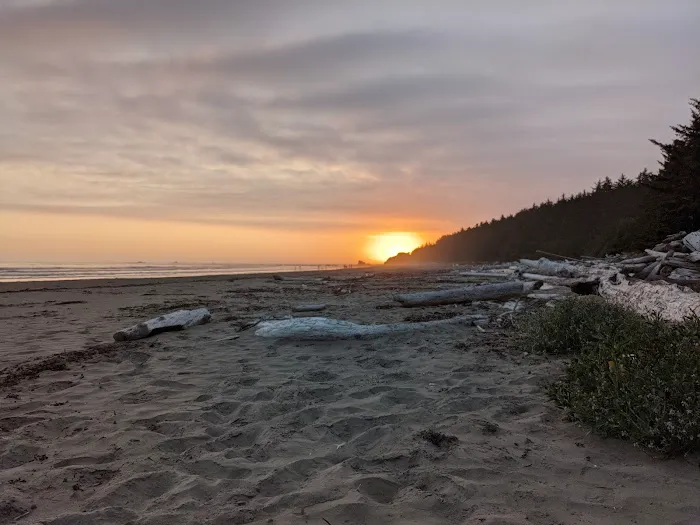
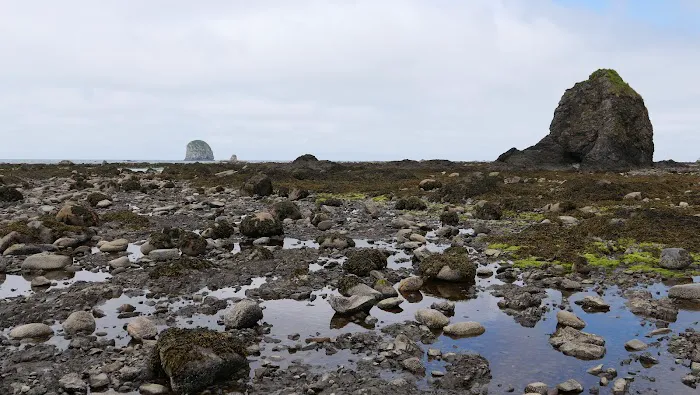
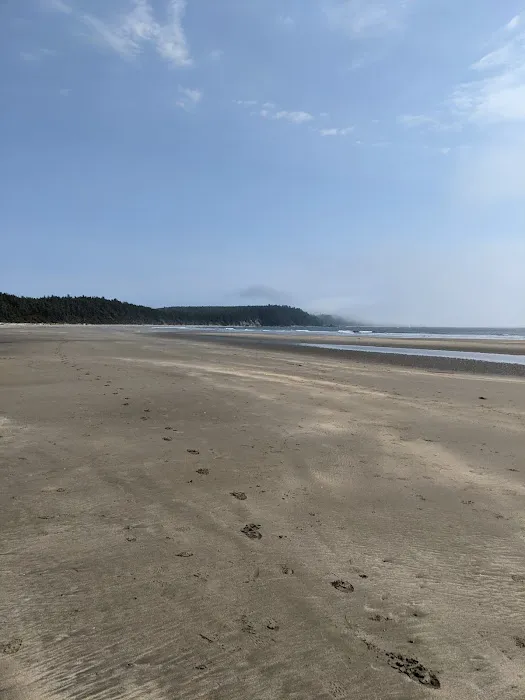
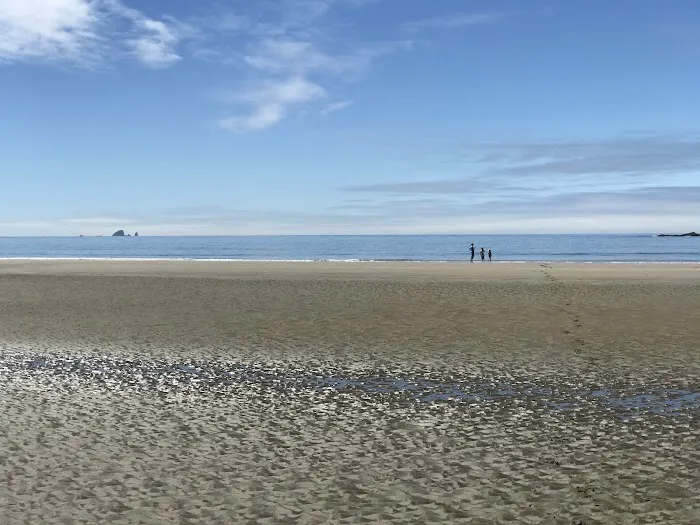
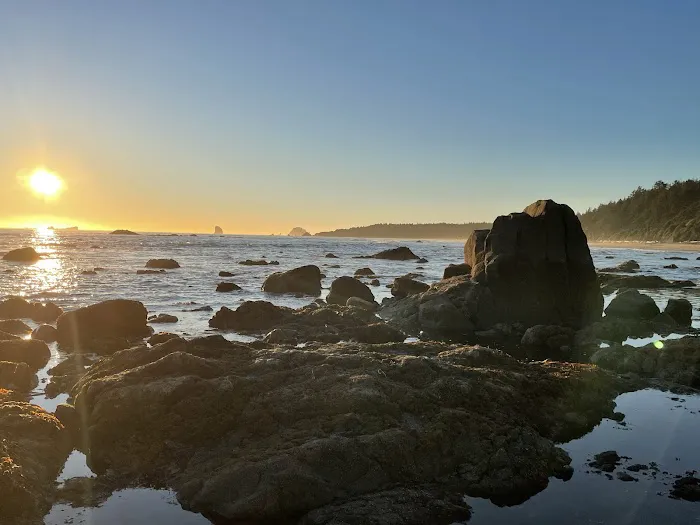
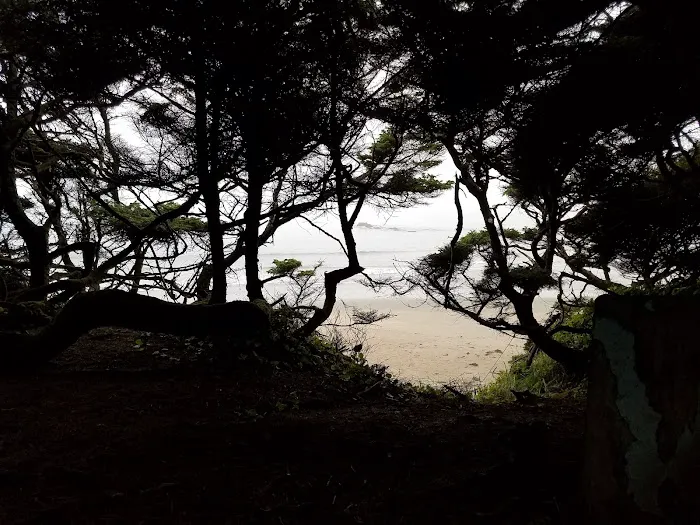
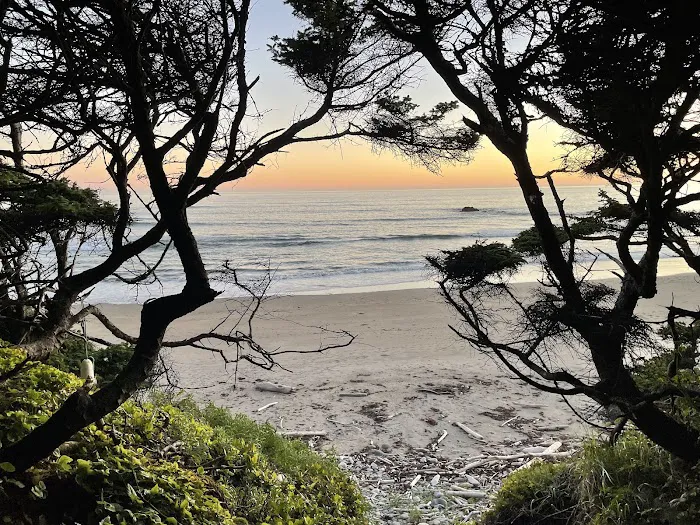
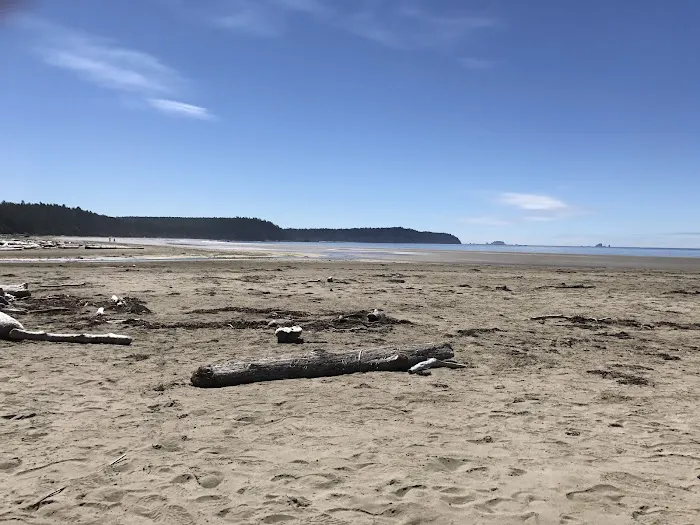
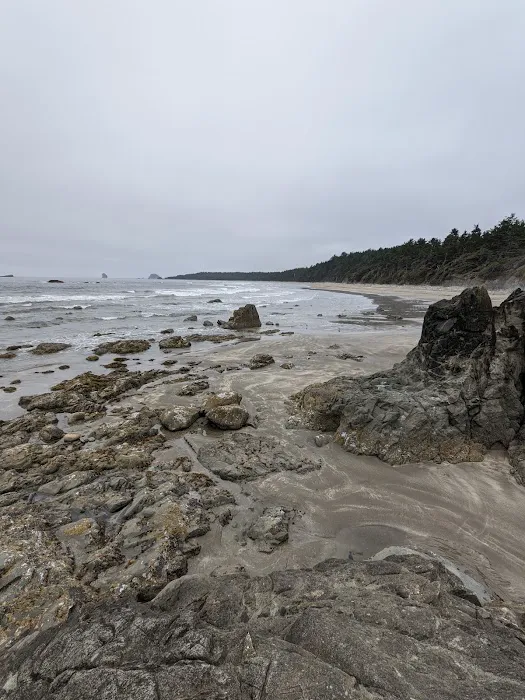
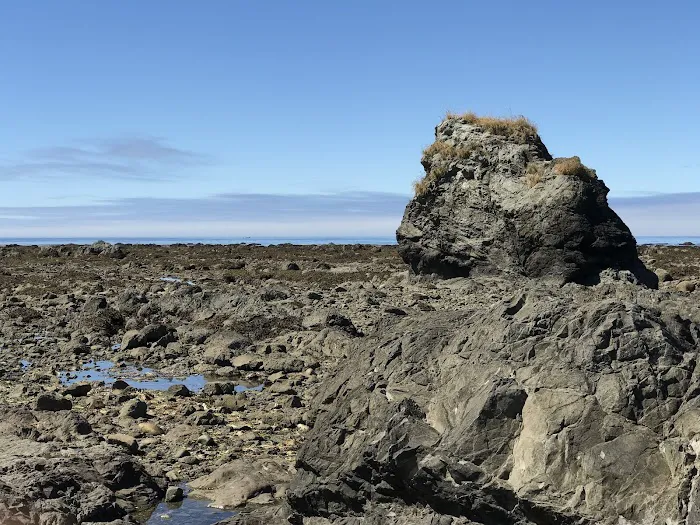
South Sand Point Introduce
Within the diverse and adventurous realm of Campgrounds & RV Parks, South Sand Point stands as a truly unique and raw wilderness camping experience, situated within the breathtaking coastal expanse of Olympic National Park in Washington State. This is not a drive-up campground with amenities; instead, it offers a primitive, hike-in beach camping adventure, appealing to seasoned backpackers and those eager to immerse themselves fully in the wild, untamed beauty of the Pacific Northwest coastline.
South Sand Point is located along the remote Pacific Coast of Olympic National Park, south of the more commonly known Sand Point (which is part of the Ozette Triangle loop). The environment here is a dramatic interplay of land and sea. Campers have the opportunity to pitch their tents directly on the sand, above the high tide line, with the vast expanse of the Pacific Ocean stretching before them. The beach itself is characterized by a mix of sand, pebbles, and significant amounts of driftwood, sculpted by the powerful tides and storms. Towering sea stacks rise majestically from the water, creating iconic silhouettes against the horizon.
Behind the beach, the landscape transitions into dense, temperate rainforest, with ancient trees and lush undergrowth providing a rugged backdrop. The air is crisp with the scent of salt and damp earth, and the constant sound of crashing waves provides a natural soundtrack. This area is a haven for wildlife, including seals, porpoises, and a wide variety of seabirds and raptors like eagles. During migration seasons, it’s even possible to spot gray whales offshore. The remote nature of South Sand Point ensures minimal light pollution, offering truly spectacular opportunities for stargazing on clear nights. The environment demands respect and self-sufficiency, as it is exposed to the unpredictable weather patterns of the Pacific coast, including strong winds and frequent rain, even in summer.
South Sand Point offers a completely primitive camping experience. It is a designated backcountry camping area within Olympic National Park's wilderness, meaning there are no developed campsites in the traditional sense, nor any facilities like picnic tables, fire rings (other than those created by previous campers using driftwood), or potable water sources directly at the camping area. This type of camping requires campers to be entirely self-sufficient.
To camp at South Sand Point, as with all backcountry sites in Olympic National Park, a wilderness permit is required. These permits are crucial for managing visitor impact and ensuring the preservation of this fragile environment. For summer camping (May 15 through October 15), permits are released on recreation.gov, and while many coastal areas offer unlimited permits, the Ozette Coast (which includes South Sand Point) does have quotas, making early booking advisable. The permit costs $8 per person, per night for those 16 and older, in addition to a $6 permit fee per reservation. A valid Olympic National Park pass is also required for park entry and parking at the trailhead.
Sanitation is primitive, with no pit toilets at South Sand Point itself. Campers must be prepared to bury human waste 6-8 inches deep and at least 200 feet (70 steps) from campsites, trails, and water sources, practicing the "Leave No Trace" principle of digging a cat hole. All trash, including toilet paper, must be packed out. Water sources are limited to creeks and streams along the coast, which are often "tea-stained" from tannins and may contain giardia and cryptosporidium; therefore, reliable water filtration or purification systems are absolutely essential, as iodine tablets may not suffice, and ocean water cannot be consumed. Bear canisters are mandatory for food storage to protect against raccoons and other resourceful coastal critters. The absence of modern conveniences underscores the need for thorough preparation and a deep understanding of backcountry ethics.
The defining feature of South Sand Point is its immersive coastal wilderness experience. It is typically accessed as part of a longer backpacking trip along the Olympic Coast, often as an extension of the popular Ozette Triangle or a segment of the longer wilderness coast trails. The hike to South Sand Point involves navigating rugged terrain, including walking on sand, pebbles, and driftwood, and potentially crossing headlands which may require ascending and descending steep, often muddy, trails with the aid of ropes or ladders during high tides. Carrying a tide chart is paramount, as certain sections of the beach become impassable at high tide.
Once at South Sand Point, the main activities revolve around experiencing the raw power and beauty of the ocean. Tidepooling at low tide reveals a vibrant underwater world with sea anemones, starfish, and crabs. Beachcombing for interesting driftwood and marine debris is a popular pastime. The long stretches of sandy beach invite contemplative walks, and the expansive views make it ideal for photography, especially at sunrise or sunset. The opportunity to have a driftwood campfire (where permitted and safe, always check for fire bans) adds to the quintessential beach camping experience, allowing campers to gather around a crackling fire and watch the stars appear over the ocean. The isolation also offers exceptional opportunities for wildlife observation, with seals lounging on offshore rocks and eagles soaring overhead. For those who seek genuine solitude and a direct connection to the wild Pacific, South Sand Point provides an unforgettable backdrop for an authentic outdoor adventure.
A trip to South Sand Point is an undertaking that requires careful planning and a commitment to backcountry safety and ethics. Due to its primitive nature and permit requirements, it is not suitable for novice campers or those seeking a casual overnight stay. The primary promotional appeal lies in its designation as a truly wild and uncrowded destination within a renowned National Park. Potential visitors should consult the Olympic National Park wilderness information pages and obtain their backcountry permit well in advance, especially for summer dates. Checking current conditions, including weather forecasts, tide charts, and any specific park advisories or closures (e.g., trail conditions, water source reliability, fire restrictions), is absolutely essential before departure.
Given the variable coastal weather, a high-quality, waterproof tent and warm, waterproof layers are critical. Sturdy, waterproof hiking boots with good ankle support are recommended for navigating the uneven terrain. All food and scented items must be stored in a bear canister as required by the park. While there are no direct sales or services at South Sand Point, the experience itself is the product offered: an unparalleled opportunity for solitude, self-reliance, and deep immersion in one of the most spectacular coastal wildernesses in the United States. It's a destination for those who are prepared to carry everything they need, leave no trace, and embrace the challenges and profound rewards of true wilderness camping.
Details
Activities
- Hiking
Children
- Good for kids
Location
WashingtonClallam CountyClallam Bay
Customer Reviews
This is one of my favorites places to visit on the Washington coast. It is located within Olympic National Park so you will need the appropriate passes and permits if you opt to camp. Day use options are available. Parking is located at Lake Ozette. You can opt to hike to Cape Alava from the parking lot first, then walk south along the beach to Sand Point, then back to the parking lot. There is a dead, decomposing whale between Cape Alava and Sand Point. Or you can hike in and out of the same trail to access Sand Point. Further south of Sand Point are additional day use options. Getting around the headlands needs a low tide. No running water is available at Sand Point itself. Bring plenty of water. South of Sand Point are some places to filter water. Lots of black bear activity. If you plan to camp, permits are limited so it's best to snag one earlier in the season. Be prepared for all weather. Camping is primitive.
A truly magical place where we got to enjoy the out-of-the-world scenery, a coast brimming with abundant marine lives (hundreds of star fish in all sizes, various colors clustering together observed during the low tide) and solitude! On a 4th of July weekend, we had the whole campground completely to ourselves! The backcountry campsites (a permit is required) perch above a cliff and are well equipped with make-shift tables and sitting logs. I booked this site because the more popular Cape Álava and Sand Point were full. We are glad that we backpacked the extra 1.5 miles to this little gem. There is a “functional” privy. Unfortunately, campfires are prohibited here even though plenty of driftwood is available because of unruly behaviors from prior travelers who destroyed some trees. Love the nature, leave no trace!
Best and most secluded part of the beach. Pack in water... or head south at low tide to get some of the best water along the coast at Yellow Banks. The fishing is great, views are spectacular. Older children can have fun, it is a hike in though.
More Places to Explore Nearby
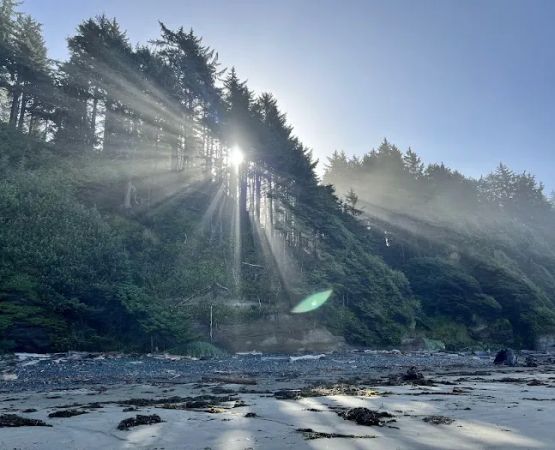
Yellow Banks
Clallam Bay, WA 98326, USA
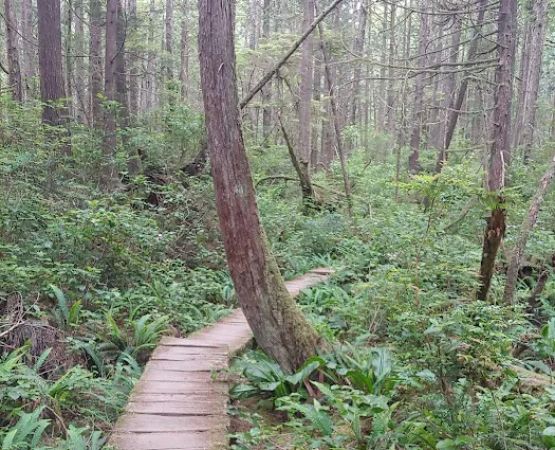
Sand Point
Clallam Bay, WA 98326, USA
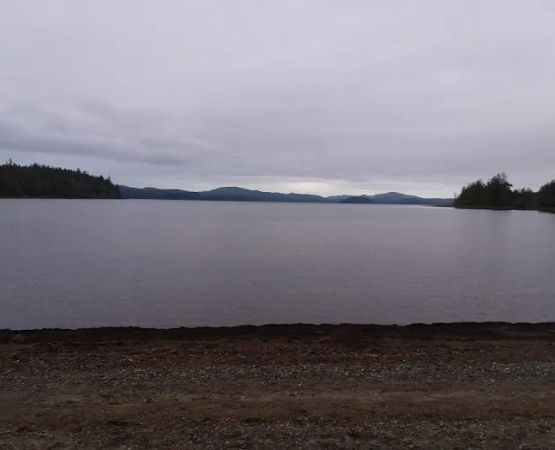
Ericson's Bay Campground
Clallam Bay, WA 98326, USA
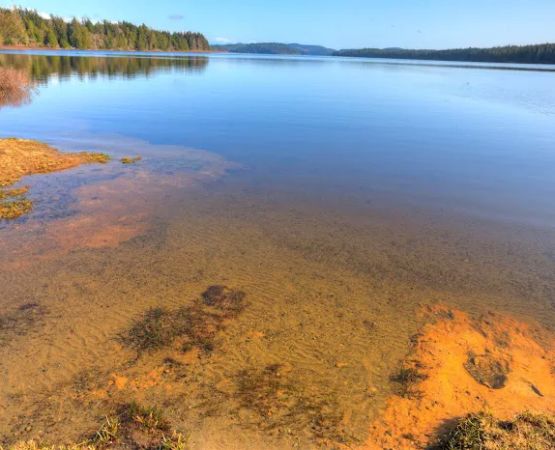
Ozette Campground
21083 Hoko-Ozette Rd, Clallam Bay, WA 98326, USA
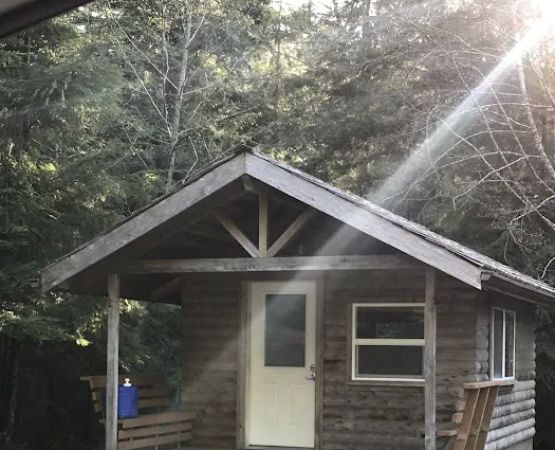
Lost Resort
20860 Hoko Ozette Rd, Clallam Bay, WA 98326, USA
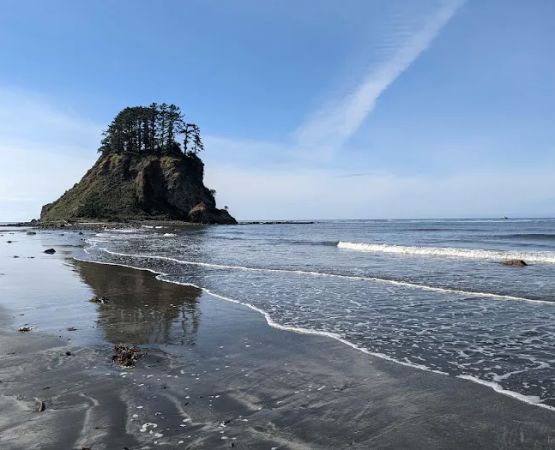
Cape Alava
Clallam Bay, WA 98326, USA
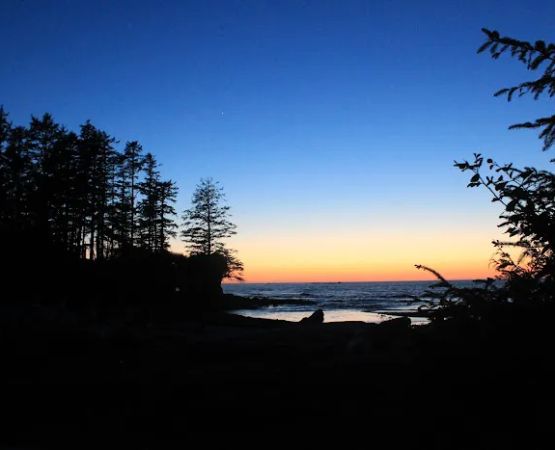
North Ozette River
Clallam Bay, WA 98326, USA
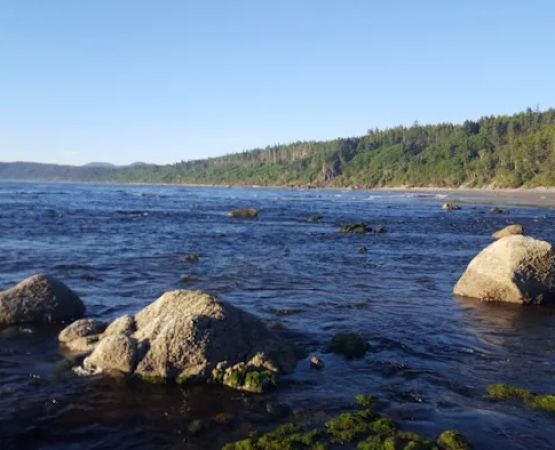
South Ozette River
Clallam Bay, WA 98326, USA
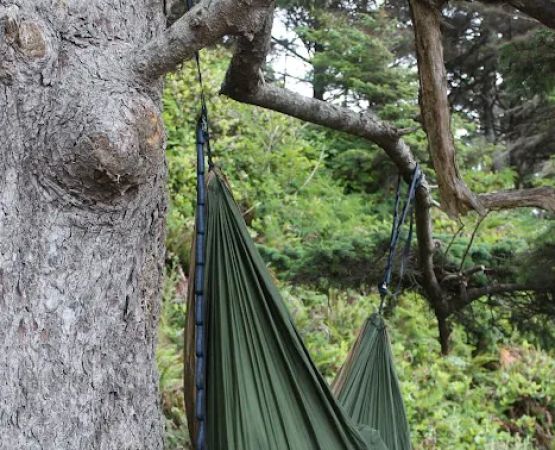
Cedar Creek
Forks, WA 98331, USA
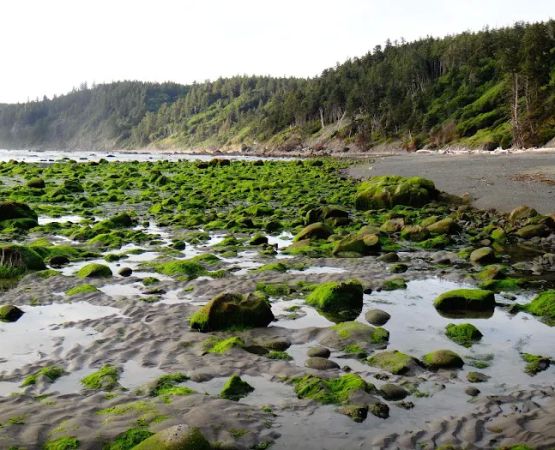
Seafield Creek
Clallam Bay, WA 98326, USA
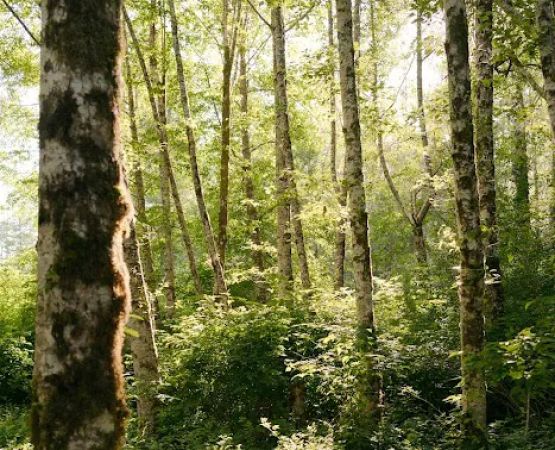
Wandering Woodlands
1081 Wentworth Rd, Forks, WA 98331, USA
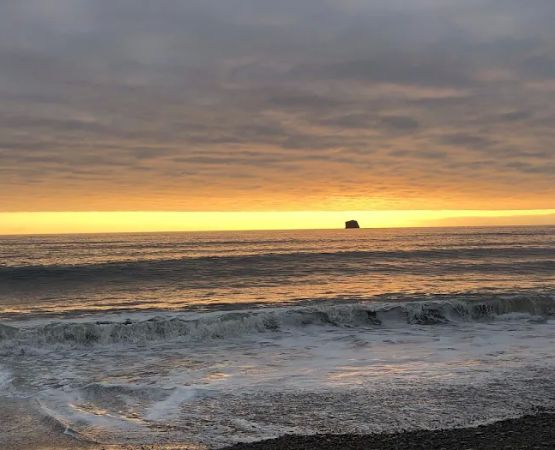
Mora Campground
Forks, WA 98331, USA
Categories
Popular Campgrounds & RV Parks
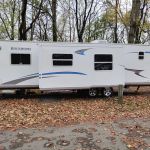 St. Francois State Park Campground4.0 (48 reviews)
St. Francois State Park Campground4.0 (48 reviews)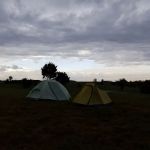 Red Cedar0.0 (0 reviews)
Red Cedar0.0 (0 reviews)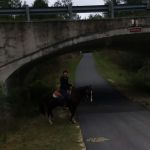 Primative camping spot4.0 (29 reviews)
Primative camping spot4.0 (29 reviews)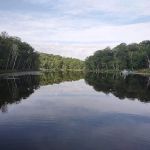 Wildwood Campground4.0 (22 reviews)
Wildwood Campground4.0 (22 reviews)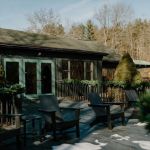 Crockett's Run4.0 (110 reviews)
Crockett's Run4.0 (110 reviews)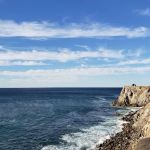 Point Mugu4.0 (172 reviews)
Point Mugu4.0 (172 reviews)Must-Read Camping & Outdoor Blog Posts
Most Searched Japanese Restaurant Sites
Trending Camping & Outdoor Blog Posts
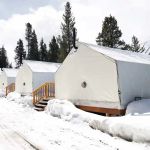 Winter Glamping Retreats in the U.S. You Didn’t Know About
Winter Glamping Retreats in the U.S. You Didn’t Know About Best Family-Friendly Campgrounds with Playgrounds and Kids’ Activities
Best Family-Friendly Campgrounds with Playgrounds and Kids’ Activities Top Family-Friendly Resorts Near Outdoor Adventure Destinations
Top Family-Friendly Resorts Near Outdoor Adventure Destinations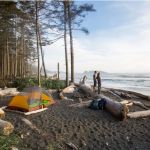 Top-Rated Campgrounds for Exploring National Forests
Top-Rated Campgrounds for Exploring National Forests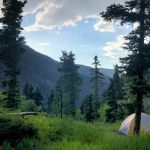 Top-Rated Camping Spots Near Scenic Trails: Explore the Best Outdoor Getaways
Top-Rated Camping Spots Near Scenic Trails: Explore the Best Outdoor Getaways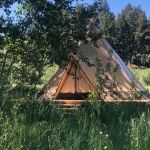 Affordable Luxury Camping Experiences at Top Resorts
Affordable Luxury Camping Experiences at Top Resorts 